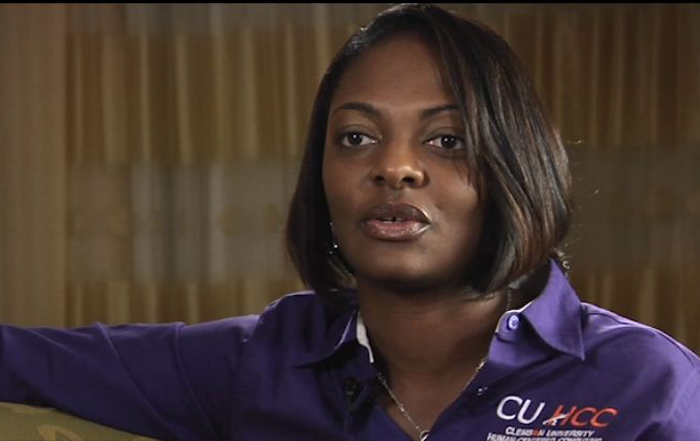Computer Scientist Andrea Johnson: Getting to the Heart of the Matter

This ScienceLives article was provided to LiveScience in partnership with the National Science Foundation.
For Andrea Johnson, the heart of computer science is not programs or gadgets, but people. People shouldn't have to adapt their lifestyles to technology, she says. Instead, technology should be designed around users' lives and needs. This principle underlies Johnson's work on Prime III, an electronic voting system designed to be accessible to all voters.
Current voting technologies pose barriers to many people with disabilities. For example, voting systems lack audio communication tools for people who are blind. Prime III solves this problem through multimodal technologies—speech to text, or text to speech and touch. The goal is to enable people with special needs to vote independently and in private. Johnson's role has focused on plain language in voting materials.
The project is part of Clemson University's Human Centered Computing Lab.
Johnson received her bachelor's degree in computer science with a minor in mathematics from Spelman College, and her masters in computer science from Auburn University. She is a member of the Upsilon Pi Epsilon International Honor Society for the computing sciences. She also is passionate about finding ways to facilitate STEM learning in women and minority groups, and hopes to one day create an organization dedicated to STEM advancement among underrepresented groups.
Below, Johnson answers our 10 questions.
Name: Andrea Johnson Institution: Clemson University Field of Study: Computer Science
Sign up for the Live Science daily newsletter now
Get the world’s most fascinating discoveries delivered straight to your inbox.
Editor's Note: The researchers depicted in ScienceLives articles have been supported by the National Science Foundation, the federal agency charged with funding basic research and education across all fields of science and engineering. Any opinions, findings, and conclusions or recommendations expressed in this material are those of the author and do not necessarily reflect the views of the National Science Foundation. See the ScienceLives archive.










